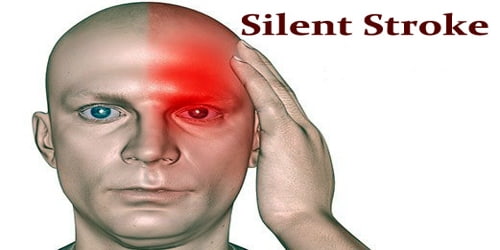Cognitive Behavioral Therapy (CBT) is a form of psychotherapy that aims to change negative patterns of thinking, feeling, and behaving. It is based on the idea that our thoughts, feelings, and behaviors are interconnected, and that negative thoughts and beliefs can lead to negative emotions and behaviors. CBT aims to identify and change these negative patterns by challenging and changing negative thoughts and beliefs, and teaching skills for coping with stress and difficult situations. It is commonly used to treat a wide range of mental health conditions, including anxiety, depression, and post-traumatic stress disorder (PTSD).
It focuses on identifying and changing negative or distorted thinking patterns and beliefs that can lead to maladaptive behaviors and emotional problems. CBT is a structured form of therapy that is typically short-term and goal-oriented, and it can be used to treat a wide range of mental health conditions, including depression, anxiety, and post-traumatic stress disorder (PTSD). It is considered to be an evidence-based treatment and has been found to be effective in numerous studies.
Cognitive Behavioral Therapy is a form of psychotherapy that aims to change negative patterns of thinking, feeling, and behaving by teaching people to identify and evaluate their own thoughts and beliefs. CBT is based on the idea that how we think (cognition) and how we feel (emotion) affect how we act (behavior). By changing the way we think and behave, we can change the way we feel. CBT is often used to treat a wide range of mental health disorders, including anxiety and depression, as well as other problems such as chronic pain and insomnia. It typically involves working with a therapist for a set number of sessions, often around 10-20, and can be done in individual, group, or online settings.
CBT is based on the idea that your thoughts, feelings, physical sensations, and actions are all linked, and that negative thoughts and feelings can trap you in a downward spiral. CBT seeks to assist you in dealing with overwhelming problems in a more positive manner by breaking them down into smaller parts. You are shown how to change these negative patterns in order to feel better. Unlike some other talking treatments, CBT focuses on current issues rather than issues from the past. It seeks practical ways to improve your mental state on a daily basis.
It helps people identify and change negative patterns of thinking and behaving in order to improve their emotional and mental well-being. CBT is used to treat a wide range of mental health conditions, such as anxiety and depression, and is often considered a first-line treatment for these conditions. It typically involves working with a therapist in a structured and goal-oriented way, and can also involve homework assignments and exercises to practice outside of therapy sessions.
















